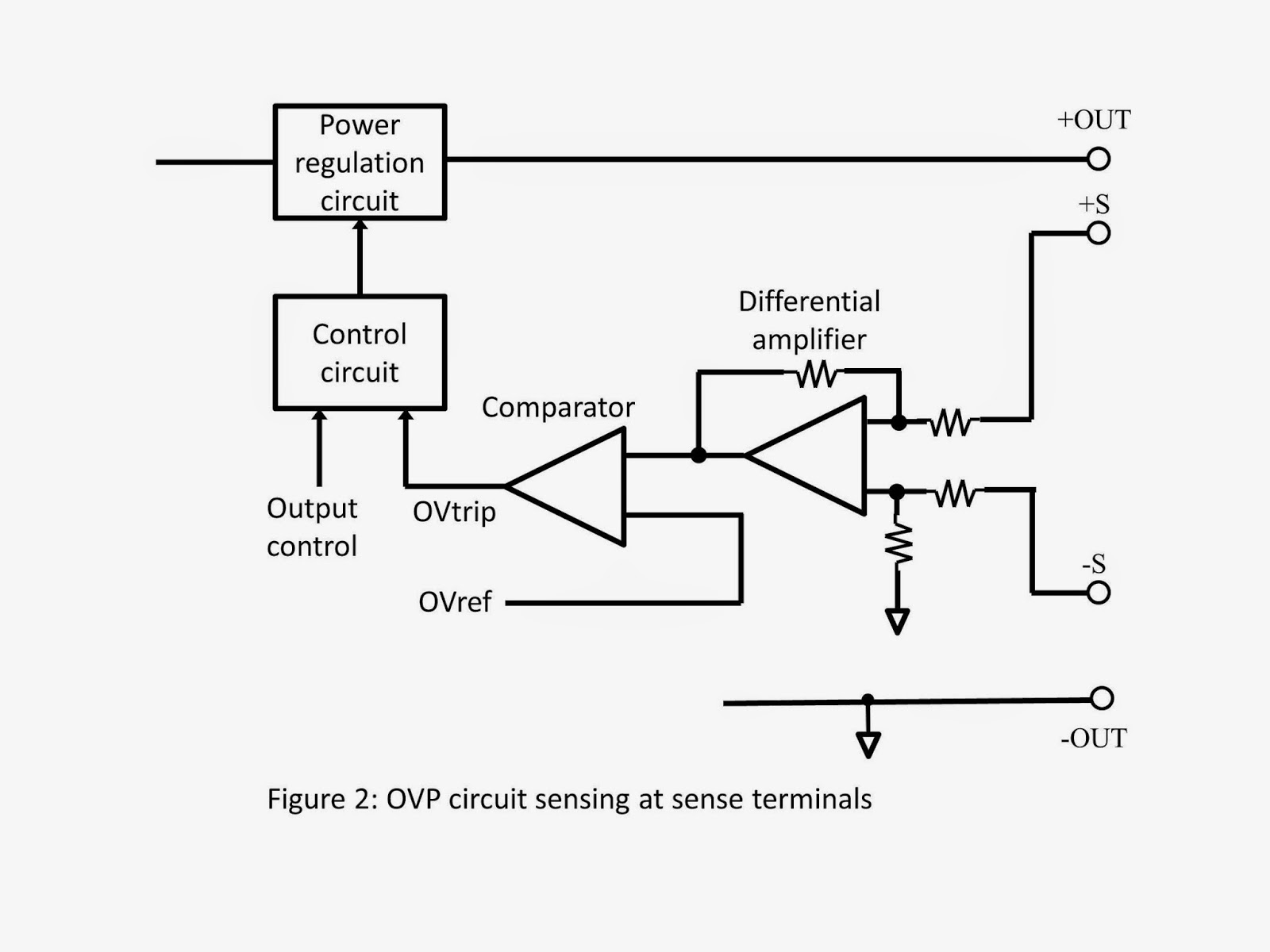The two most common ways DUTs can be electrically damaged
during test are from current-related events or voltage-related events that
mange to over-stress the DUT. Sometimes the cause can be an issue with the DUT
itself. Other times it can be an issue stemming from the test system. The most
common voltage-related damage to a DUT is an over voltage event, beyond a
maximum level the DUT can safely tolerate. While there are a number of things
that can cause this, most invariably it was an issue with the test system power
supply, either from inadvertently being set too high or from an internal
failure.
To protect against accidental over voltage damage, test
system power supplies incorporate an over voltage protect (OVP) system that
quickly shuts down the output upon detecting the voltage has gone above a
preset threshold value. More details about OVP have been written about here in
a previous posting “Overvoltage protection: some background and history”(click here to review).
The critical thing about over voltage damage is, in most
all cases, that it is virtually immediate once the voltage threshold where
damage to the DUT occurs is exceeded. It is therefore imperative that you
optimize the test set up and settings in order to provide effective protection
of your DUT against over voltage damage during test. To start with, the OVP
trip threshold needs to be set at a reasonable amount below the threshold where
DUT damage occurs and at the same time be set to a reasonable amount above the
maximum expected DUT operating voltage. This is depicted in Figure 1.
Figure 1: OVP set point
However, to understand what are “reasonable amounts”
above the maximum operating voltage and below the DUT damage voltage levels you
need to take into account the dynamic response characteristics of the power
supply output and OVP system, as depicted in Figure 2.
Figure 2: Power supply output and OVP dynamic response
characteristics
It is important to have adequate margin above the maximum
operating voltage to account for transient voltages due to the DUT drawing
current from the power supply and resulting voltage response of the power
supply in correcting for this loading, in order to prevent false OVP tripping.
It is likewise important to adequate margin below the DUT damage threshold as
it takes a small amount of time, in the range of 10’s to 100’s of microseconds,
for the OVP system to start shutting down the power supply’s output once the
OVP trip point has been crossed. At the same time the power supply typically
has a maximum rate the output voltage can slew in. In practice these “reasonable
amounts” typically need to be a few tenths to several tenths of a volt as a minimum.
Generally these margins are not difficult to manage,
except when the DUT’s operating voltage is very small or the DUT operating
current is very large producing a correspondingly large voltage drop in the
power supply wiring. This is because the OVP is traditionally sensed on power
supply’s output power terminals, so that it provides protection regardless of
what the status and condition of the remote voltage sense wiring connection is.
To improve on this we also provide OVP sensing on the remote sensing wires as
an alternative to, or in addition to, the traditional sensing on the output
power terminals. More details about this are described in another posting here “Protect
your DUT: Use sense leads for over voltage protection (OVP)”(click here to review).




